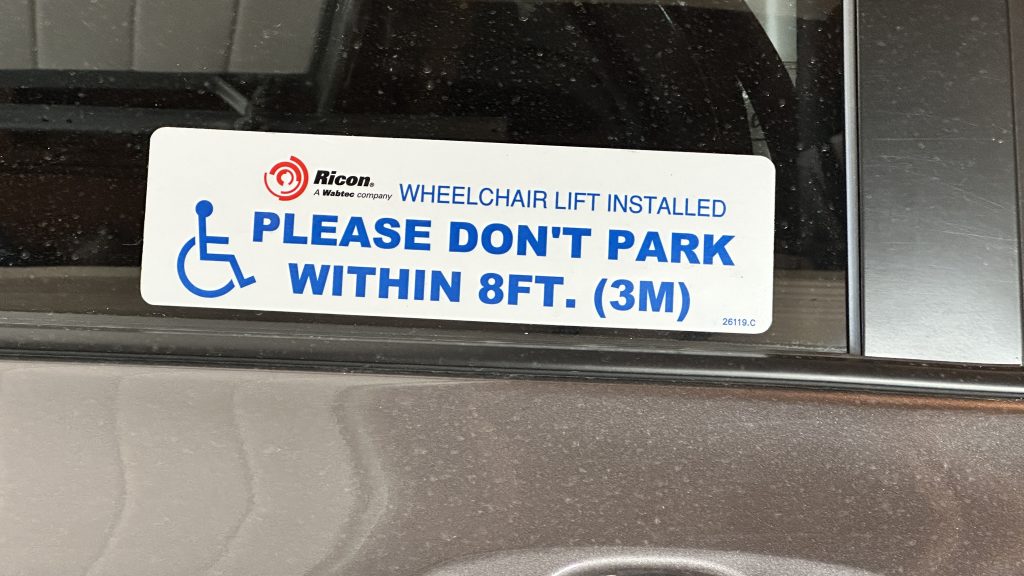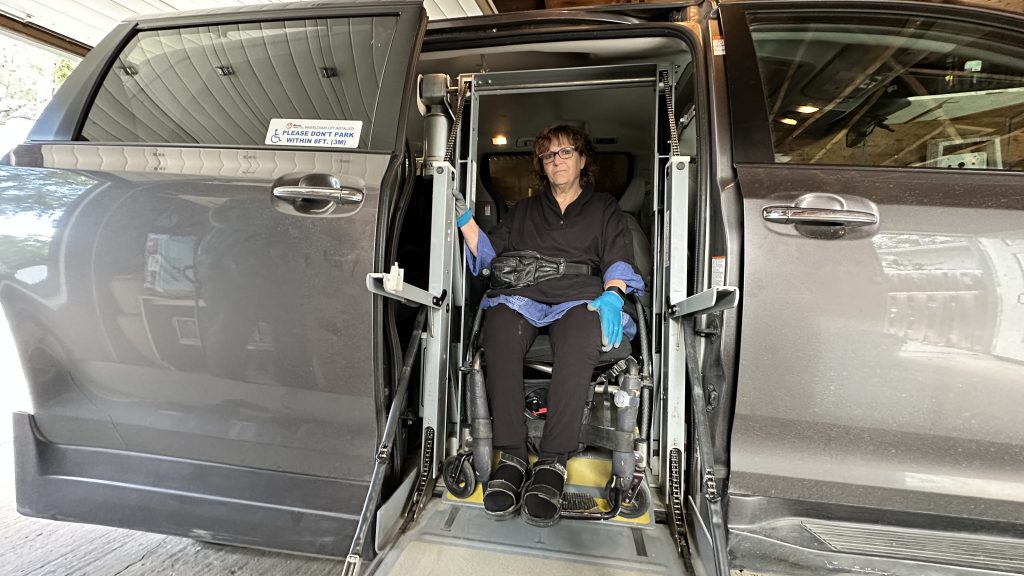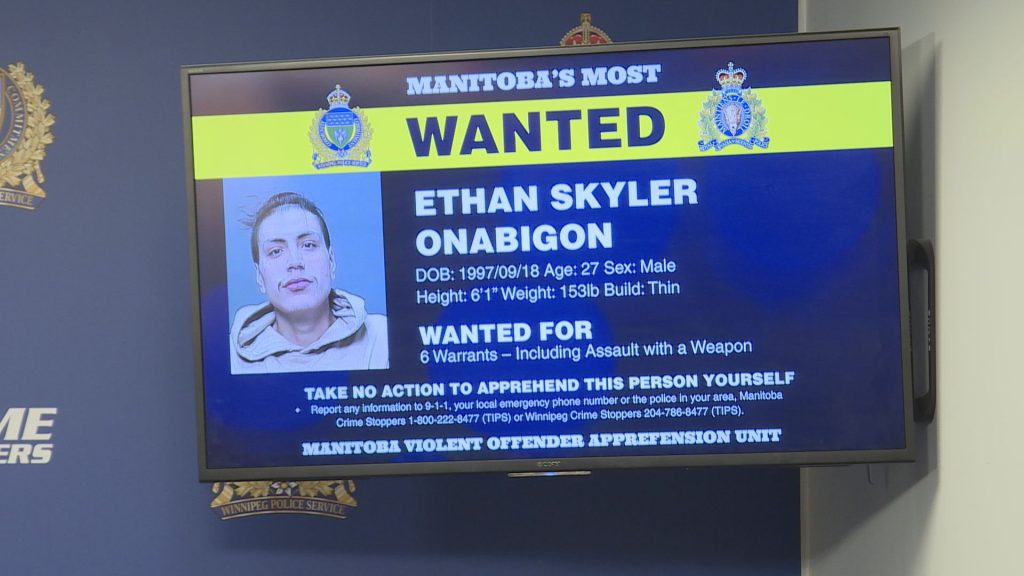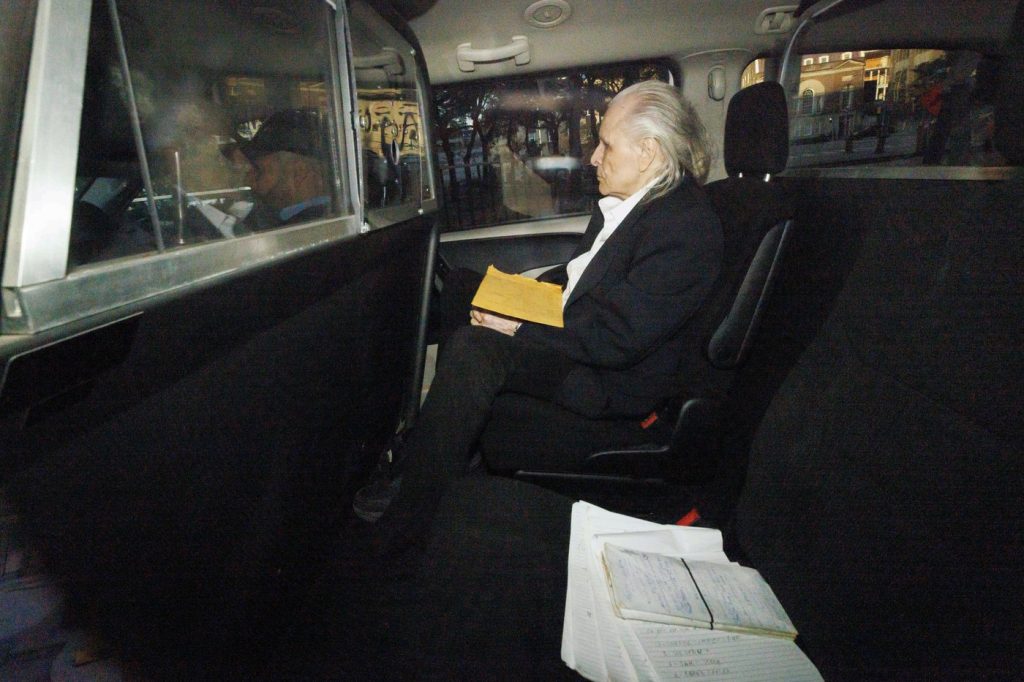‘Is it worth the aggravation?’: Winnipeg woman wants more accessible parking for wheelchair lift vans
Posted October 8, 2024 5:21 pm.
Last Updated October 8, 2024 7:17 pm.
Arlene Ursel is reaching the point of exhaustion.
“I don’t have the energy for this anymore,” the Winnipegger said.
It’s been 21 years since Ursel has been in a wheelchair following a life-altering motor vehicle accident. It means the now 65-year-old has been dealing with issues of accessibility for more than two decades.
One of those accessibility issues comes with parking her wheelchair lift van. Spots that can accommodate the specialized vehicle are few and far between.
“A lot of times people don’t see us because we can’t go anywhere,” she told CityNews.
Wheelchair lift vans can’t use typical wheelchair van stalls. So Ursel needs a full 16 feet – the stall and the access aisle – to be able to park and exit her vehicle. And when a parking spot of that size isn’t available, she can give up or try to park elsewhere. But that often leads to confrontations from other drivers who are less concerned about her accessibility.
“People will block me in,” Ursel said. “I’ve had to hand my keys to a stranger to get my van out, to back my van out. We’re put in those kind of dangerous situations where, if it’s winter, what do you do? “
Ursel says she uses cones to try and reserve space for her ramp when she parks in non-designated spots.
“I learned that I had to get cones,” she explained. “At least (it) helped somewhat, because people don’t notice the sign on the side of the van. There is a sign that’s there permanently, but people don’t notice it.”

Even with the combination of sign and cones, the Winnipegger says she usually gets one of two responses when parking in a non-designated spot.
“She said she saw the cones, didn’t know what they were for so just drove over them,” Ursel said of one particular encounter. “This is a regular occurrence for sure, this type of thing.”
The other type of response: “She was incensed that I had parked like that, so she got out of her car and she just verbally assaulted me for parking like that.
“Then that puts us in the position where people are not going to be happy with us. So is it worth the aggravation of that?”
Nick Donaldson, a software developer who uses a power chair, says people need to be educated on respecting accessible spaces.
“We need to have a little more awareness on how disability works and things to look for and things to be mindful of,” Donaldson said.
“People don’t quite get it until it’s explained to them. So I think we have to need to have a little more awareness about that.”
“People aren’t aware that you need the extra space,” added Ursel. “No one’s ever been educated on that, I don’t think. It’s never been on a PSA. I don’t know where to start with that.”

And educating members of the public is one thing. Ursel feels those who enforce the rules also need to be brought up to speed.
That’s because a year-and-a-half ago, Ursel received a ticket for parking on the opposite side of the road. But the City of Winnipeg tells CityNews there are some instances where that’s permitted.
“Under the Highway Traffic Act of Manitoba, a permit holder may, when it is necessary for entry or egress from the vehicle, park facing the opposite direction in order to accommodate a wheelchair lift at the curb’s edge (i.e., it may park on the left side of the road with the left-hand wheels parallel to that side),” communications officer Adam Campbell explained in an email.
Ursel appealed the ticket and contacted the ombudsmen, but she was still forced to pay the fine.
“They said the Parking Authority did nothing wrong,” the 65-year-old said. “They did their procedure … Parking is an issue anyways, and then when you get these added restrictions it just complicates things further.”
Ursel feels education is just one element. She wants the City of Winnipeg to turn all accessible parking spots into stalls wide enough for her to be able to get in and out of her van.
“They all have to be the same,” Ursel said. “They all have to be 16 feet wide. Because otherwise, you’re always going to have this competition between people who don’t need the extra room and people who need the extra room.”

The City of Winnipeg says a zoning by-law was changed 10 years ago, making the required van accessible space in off-street parking lots and parkades to be a minimum of eight feet plus eight feet of an adjacent access aisle.
The number of wheelchair van stalls depends on the size of the parking lot, which means for a lot up to 25 spaces, no stalls are required for wheelchair vans. In lots up to 75 spots, one wheelchair van stall is required. For lots up to 1,000 spaces, only four are required.
The city’s Public Service is not considering a recommending any changes.









